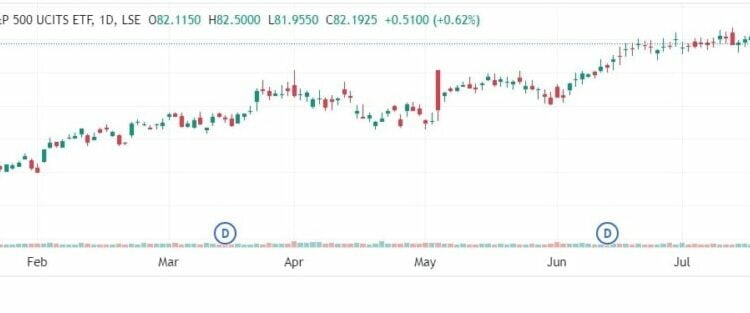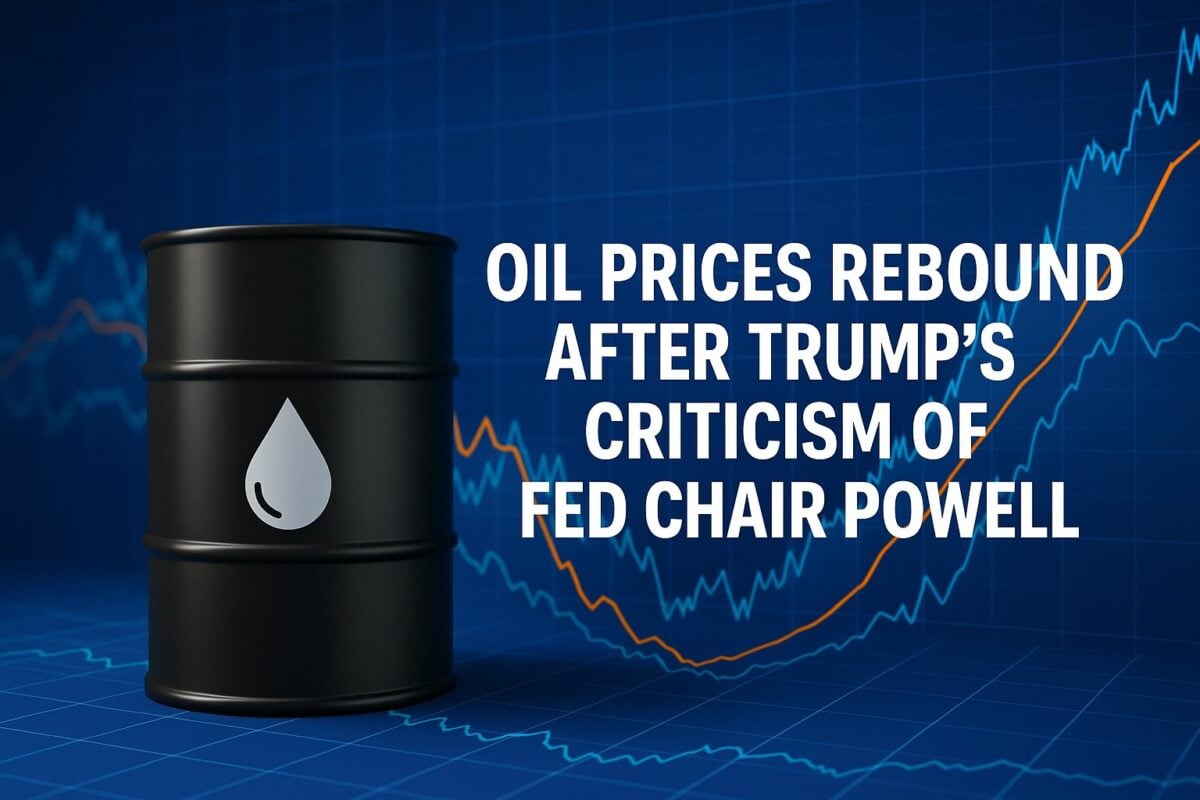
Vusa: Difference between VUSA and VUAG?
Table of Contents
The Vanguard S&P 500 UCITS ETF (VUSA) is an exact example of a passive investment that enables one to get exposure to 500 large companies headquartered in the US through exchange-traded funds (ETFs).
Established by Vanguard, a trailblazer in cost-effective investment solutions, VUSA is a duplication of the S&P 500 index performance. This ETF allows investors to be a part of the overall growth of stellar U.S. businesses. Today, the VUSA share price is 79.57 GBP, which is only 0.42 GBP higher than the previous price.
What is the Difference between VUSA and VUAG?
VUSA and VUAG are two Vanguard ETFs offering exposure to the S&P 500 Index but differ in their approach to handling dividends. While dividends are paid directly to investors by VUSA, VUAG reinvests them to achieve a higher price in the future.
The option of the two highly relies on the targeted investment aims, the tax aspects, and the life stage. Dually the ETFs remain top options for investors as their costs are low, and they are diversified, making them preferable in the U.S. stock market. Whether one is more inclined to purchase the stock that offers an immediate source of income or the VUAG, which is expected to grow in the long run, the investment strategies should be well thought out.
Vusa chart analysis
Advantages of the VUSA ETF
The VUSA ETF is a valuable choice for those in Europe whose interests in investing in the U.S. stock market. The clear advantage of this course is the extremely low expense ratio of 0.07% which is the same as Vanguard’s reputation for cost-effective index-tracking funds. The point is that it is cheap. Lower expense ratios are evidence of the gain that an investor can get in exchange for the decrease in expenditure.
It will be financially convenient for the individual. Also, it will provide more options for the investor at minimal cost.
Vanguard S&P 500 ETFs, including VUSA, invest in diverse sectors such as consumer staples and discretionary. These funds are managed by portfolio managers who make investment decisions and charge asset-based fees. Vanguard is known for its transparency in how funds operate and its clear explanation of involved fees. For secure and customized investment experiences, visiting the provider’s website is recommended.
VUSA expense ratio
The success of the VUSA ETF is largely attributed to its very low expense ratio of 0.07%. This cost-effective approach benefits investors aiming to mirror the S&P 500’s performance while keeping costs minimal. The low fee structure enhances the overall value of investing in VUSA compared to other S&P 500 ETFs.
How Often Does Vusa pay dividends?
The VUSA (Vanguard S&P 500 UCITS ETF), is the third-largest ETF in Europe that values at $33 billion. It is famous for its high performance and trustworthy dividend payouts. VUSA usually pays out four dividends in a year while keeping its dividend cover ratio at around 1.0. It is bringing investors a stable income without any hiatus. In the last five years, the fund has returned an outstanding 97.3%, along with a strong 35.3% spurt in the last three years.
Highly organized by Vanguard, the world’s leading provider of low-cost fund-tracking indices for Europe, VUSA is the perfect bridge for Europeans to get to the U.S. stock market. The results of recent analyst comments from 507 Wall Street experts showed that VUSA’s 12-month average target price was €107.46. Which is around 11.86% higher than its current price in the case of €96.07. It was below €127.25 or above €87.77 with the lowest and highest.
So, what does VUSA mean? VUSA ETF is a perfect match for those long-term investors who want to be confident about that risk. Costs are minimized while at the same time ensuring that the value of diversification is realized at the highest level.
Key Considerations for Investing in VUSA and VUAG
In summary, both VUSA and VUAG offer valuable opportunities for investors seeking exposure to the S&P 500 Index, each catering to different investment strategies.
As you consider your investment choices, weigh the benefits of each ETF in relation to your financial goals, risk tolerance, and investment horizon. Whether you opt for the income-focused VUSA or the growth-oriented VUAG, both ETFs provide a pathway to leverage the strength of the U.S. stock market.
When investing in ETFs like VUSA, it’s important to understand how assets under management (AUM) can influence investment outcomes. Funds typically generate asset-based fees that cover the costs of managing and operating the investments. Vusa and Vuag prioritize protecting personal data to ensure its secure handling.
For more details on how we safeguard your data and manage assets, visit our website to learn about our practices and how we maintain transparency.
Reviewing current market trends and consulting with a financial advisor can help ensure that your investment strategy aligns with your overall financial objectives.
You can enhance your investment approach by staying informed and making strategic decisions. Also, you can potentially achieve your financial goals with these prominent ETFs.


